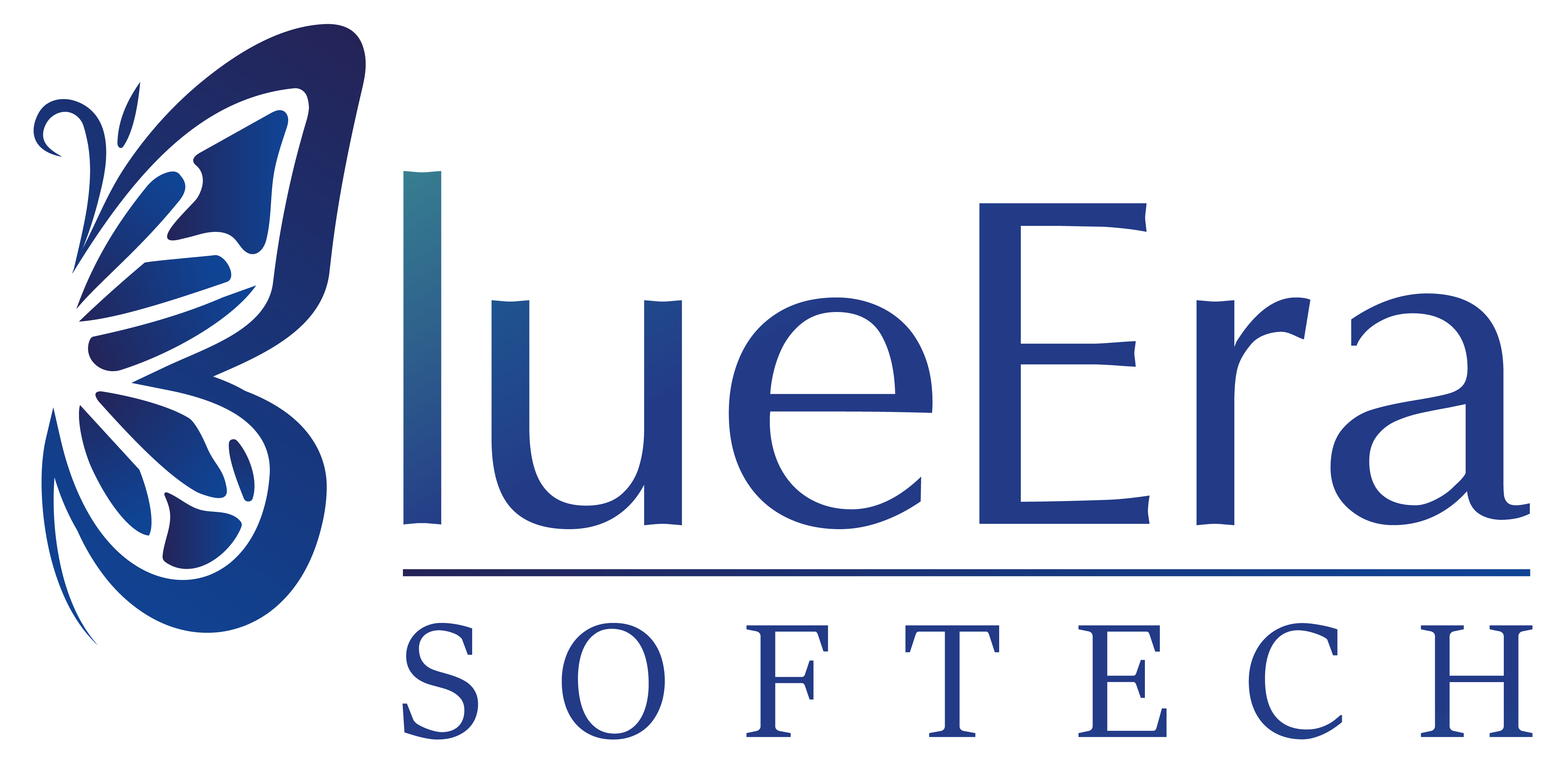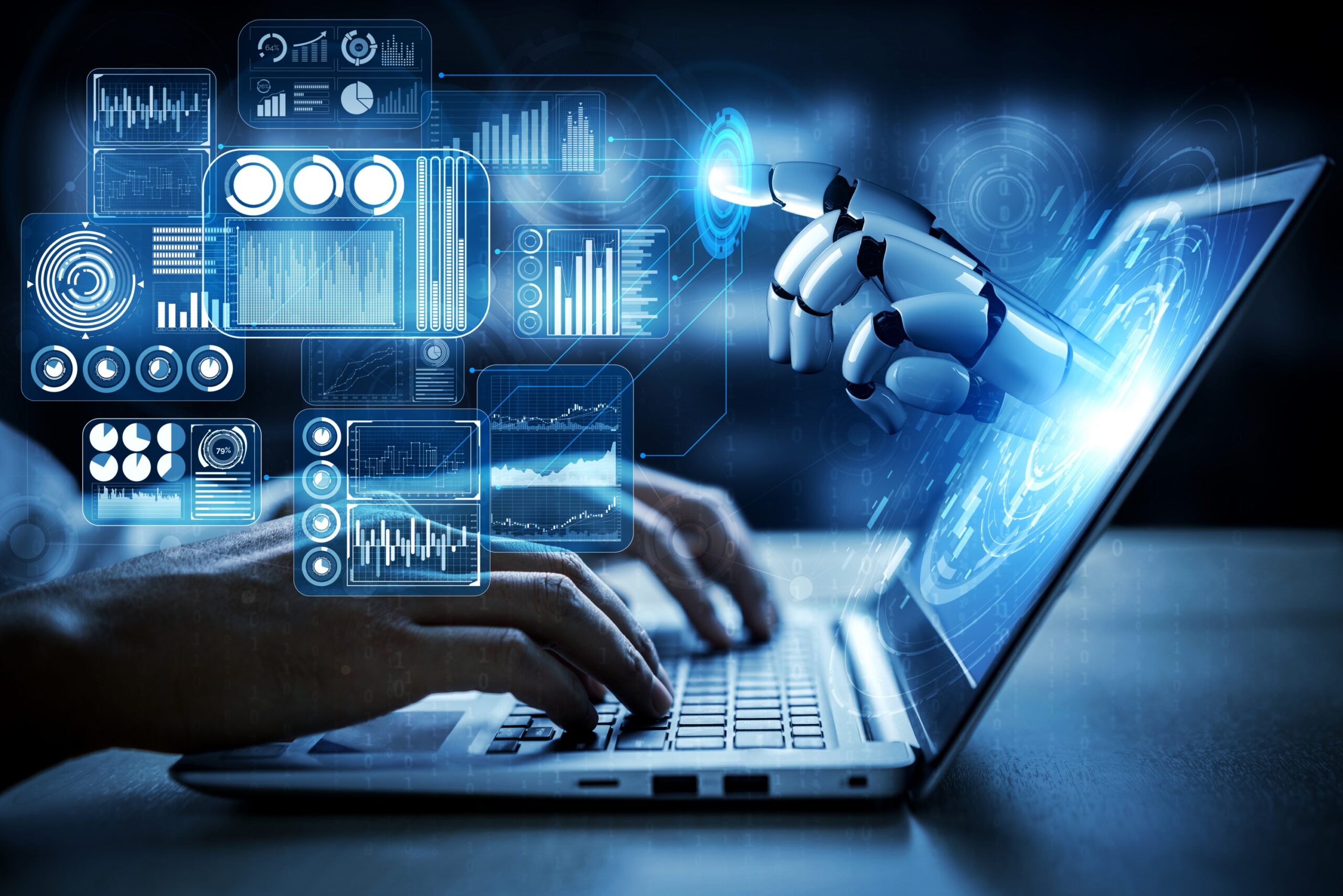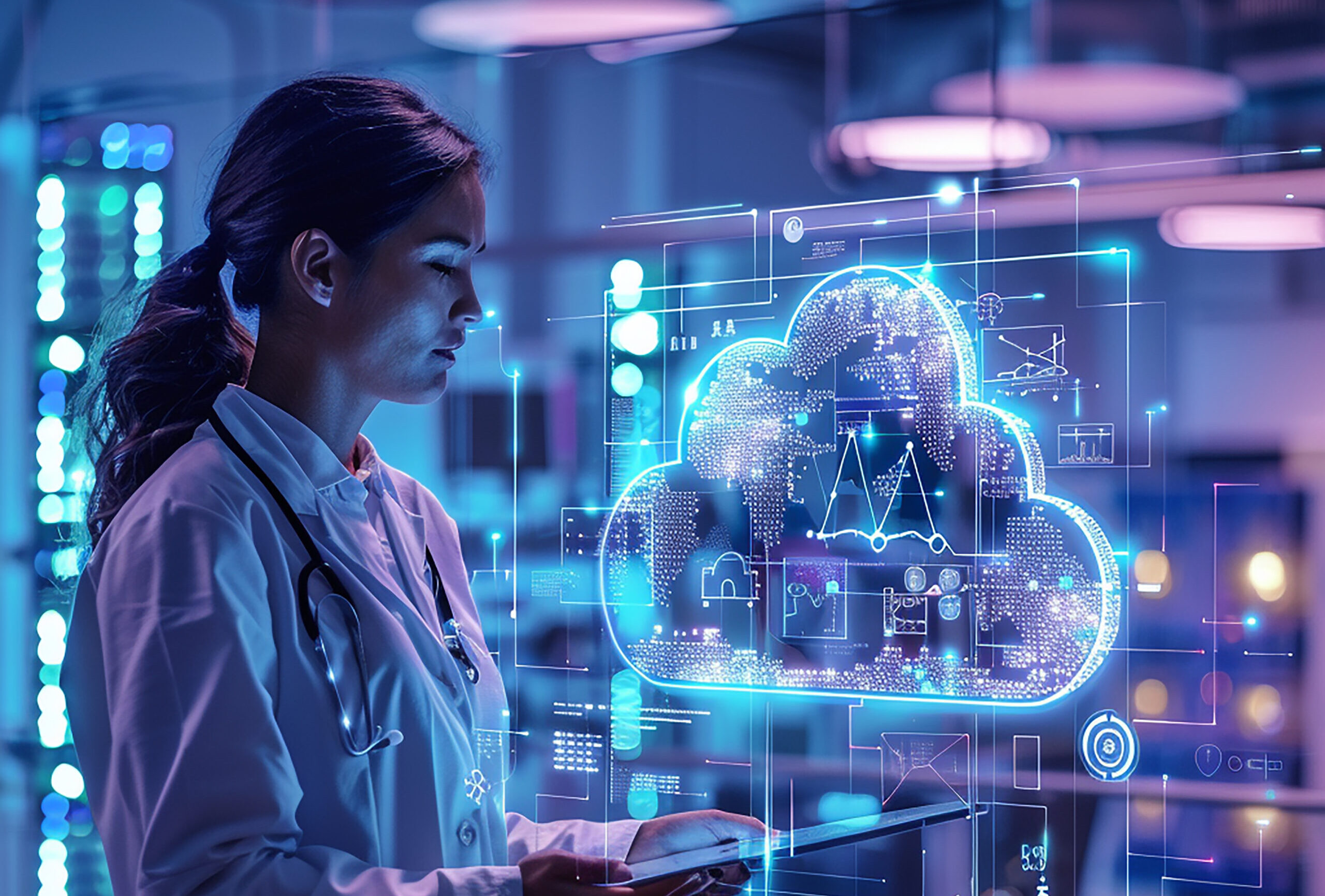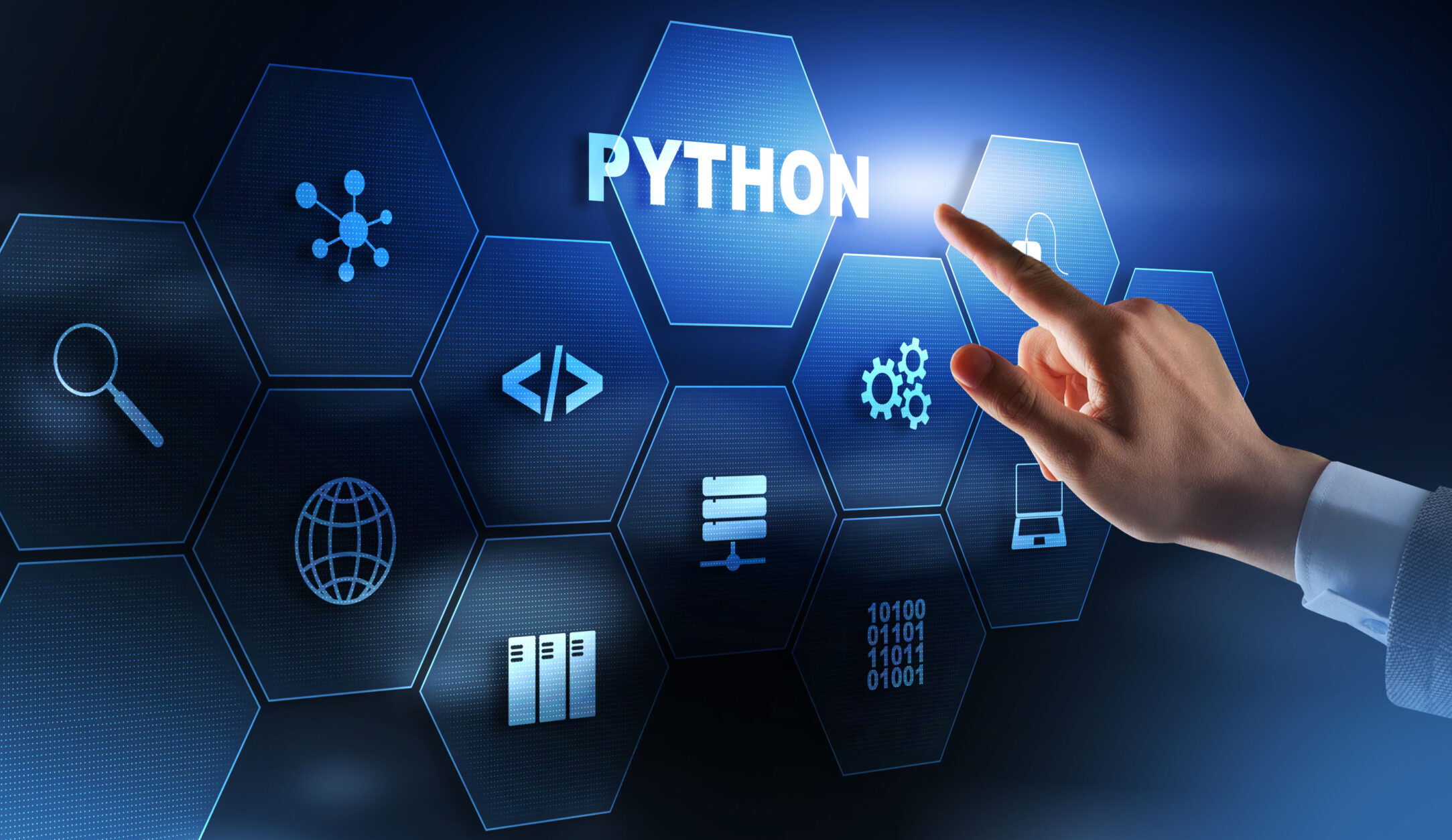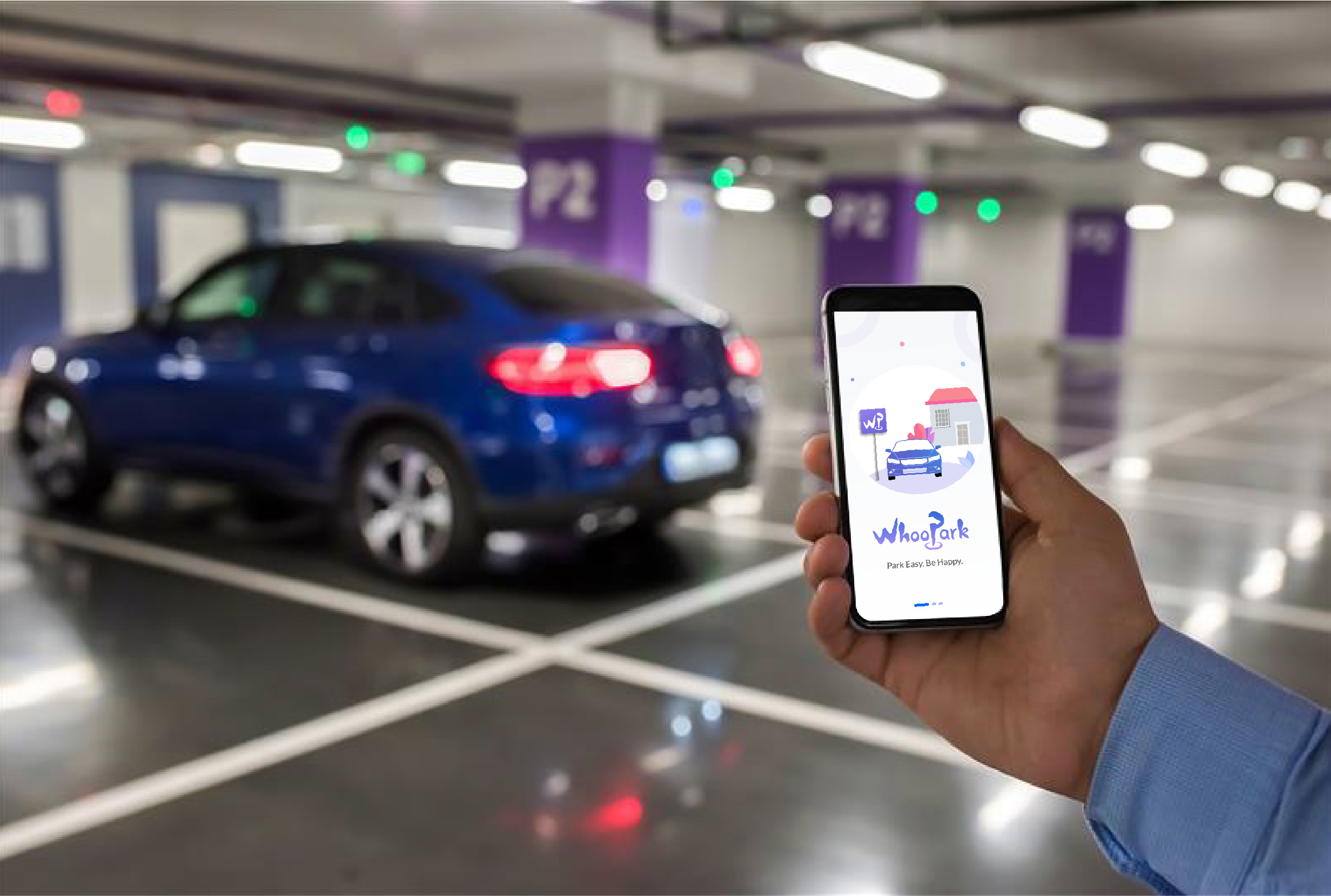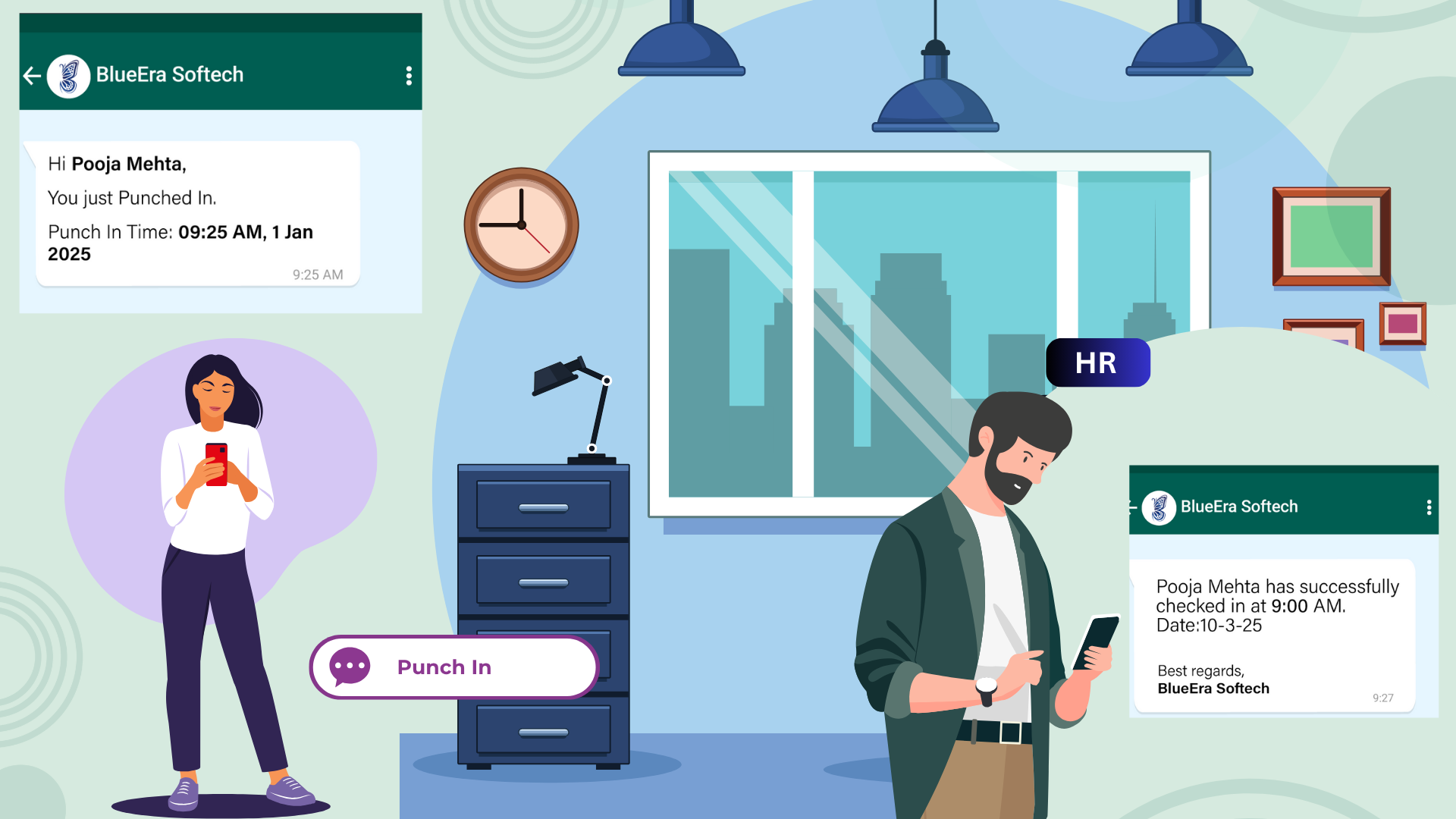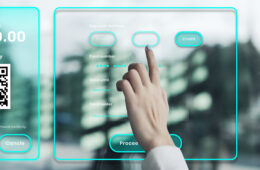- Our Edge
Leading Tech Offerings for
Solution
An UiPath and Python RPA based automates data extraction, Excel creation, and billing portal order submission with error handling.
Solution
Built on AWS, this scalable platform integrates mobile and contact center systems for real-time health data and patient interaction.
Solution
A Python-Django based platform on AWS enables efficient video uploads, processing, and retrieval with automated, asynchronous workflows.
Solution
A mobile app for seamless control of indoor and outdoor LED lighting with themes, scheduling, and device grouping.
Solution
Advanced tracking for Shopify, Webflow, and WordPress using browser and server-side methods with platform-wide integrations.
Solution
A dual-role platform to instantly find or list parking spots with real-time availability, price comparison, and easy booking.
Solution
Integrates with Time & Attendance and Access Control systems to send real-time updates, alerts, and summaries via WhatsApp.
- Smart Solutions
- Insights
- Careers
- Contact
Have Any Questions?
+91 99788 34345
- Our Edge
Leading Tech Offerings for
Solution
An UiPath and Python RPA based automates data extraction, Excel creation, and billing portal order submission with error handling.
Solution
Built on AWS, this scalable platform integrates mobile and contact center systems for real-time health data and patient interaction.
Solution
A Python-Django based platform on AWS enables efficient video uploads, processing, and retrieval with automated, asynchronous workflows.
Solution
A mobile app for seamless control of indoor and outdoor LED lighting with themes, scheduling, and device grouping.
Solution
Advanced tracking for Shopify, Webflow, and WordPress using browser and server-side methods with platform-wide integrations.
Solution
A dual-role platform to instantly find or list parking spots with real-time availability, price comparison, and easy booking.
Solution
Integrates with Time & Attendance and Access Control systems to send real-time updates, alerts, and summaries via WhatsApp.
- Smart Solutions
- Insights
- Careers
- Contact
Have Any Questions?
+91 99788 34345
- Our Edge
Leading Tech Offerings for
Solution
An UiPath and Python RPA based automates data extraction, Excel creation, and billing portal order submission with error handling.
Solution
Built on AWS, this scalable platform integrates mobile and contact center systems for real-time health data and patient interaction.
Solution
A Python-Django based platform on AWS enables efficient video uploads, processing, and retrieval with automated, asynchronous workflows.
Solution
A mobile app for seamless control of indoor and outdoor LED lighting with themes, scheduling, and device grouping.
Solution
Advanced tracking for Shopify, Webflow, and WordPress using browser and server-side methods with platform-wide integrations.
Solution
A dual-role platform to instantly find or list parking spots with real-time availability, price comparison, and easy booking.
Solution
Integrates with Time & Attendance and Access Control systems to send real-time updates, alerts, and summaries via WhatsApp.
- Smart Solutions
- Insights
- Careers
- Contact
Have Any Questions?
+91 99788 34345
Edge of Innovation: Developing IoT Mobile Apps for On-Device Intelligence
Table of contents
Let's talk
Reach out, we'd love to hear from you!
Recent Posts
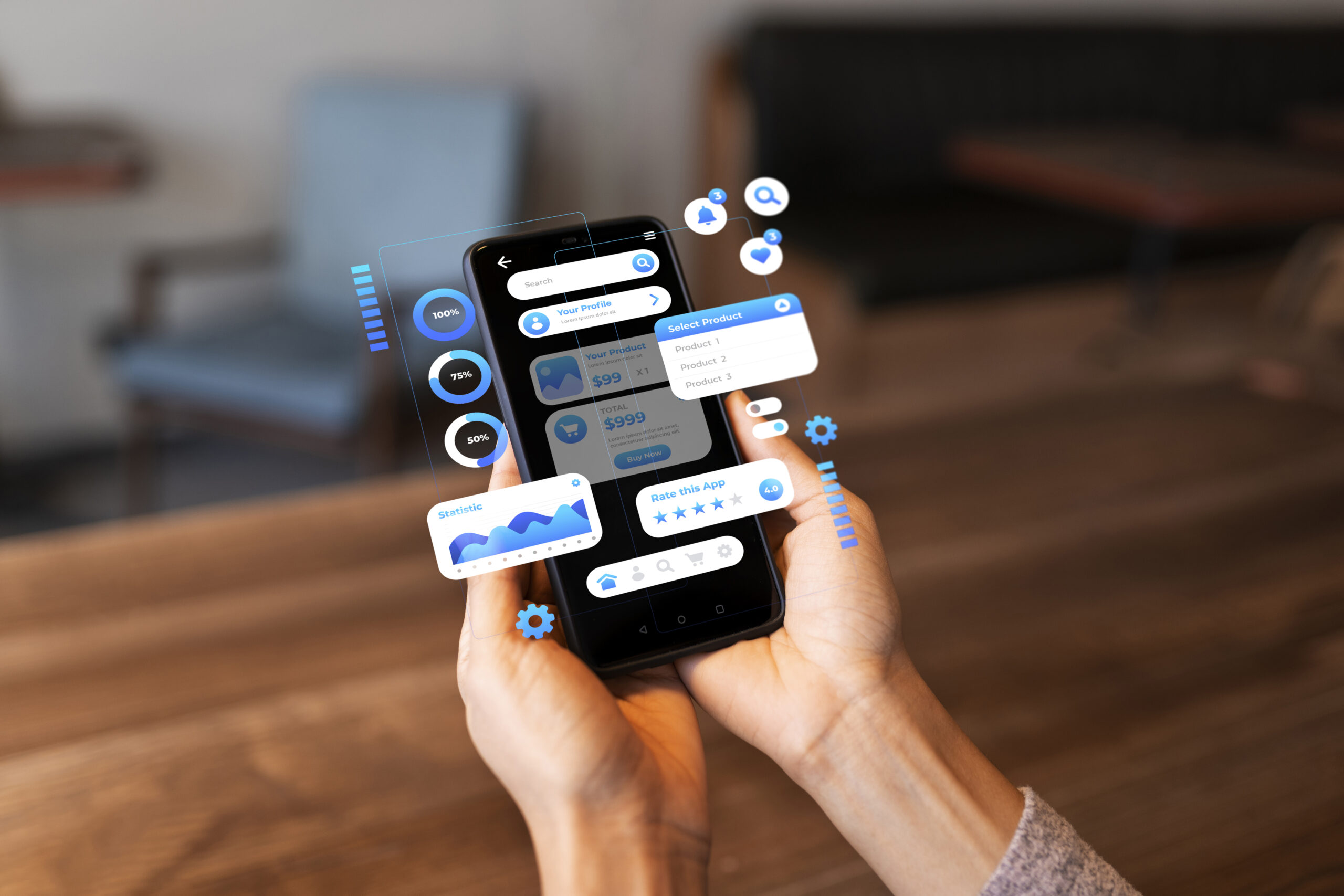
In 2025, the true edge of innovation lies in developing IoT mobile applications that don’t just display data, but harness the processing capabilities and AI models embedded directly within the IoT devices themselves, or on local gateways. This move from cloud-dependent to edge-empowered intelligence unlocks a new realm of possibilities for real-time responsiveness, privacy, and efficiency.
The Internet of Things (IoT) has rapidly transformed our world, connecting everything from smart home appliances to industrial sensors. But as the number of connected devices explodes, the traditional cloud-centric model of processing all data remotely is hitting its limits. Enter on-device intelligence, a paradigm shift that’s pushing AI and processing power directly to the edge, redefining how mobile apps interact with and leverage IoT.
What is On-Device Intelligence for IoT?
Traditionally, an IoT device captures data and sends it to a central cloud server for analysis. The mobile app then fetches results from the cloud. On-device intelligence, or “Edge AI,” flips this model. It involves deploying Machine Learning (ML) models and processing capabilities directly onto the IoT device (e.g., a smart camera, a wearable, an industrial sensor) or a nearby edge gateway. The AI performs its inference and sometimes even continuous training right where the data is generated, rather than relying on constant cloud connectivity.
This means:
- Smart Sensors: A camera can detect a specific object or anomaly on the device without sending continuous video streams to the cloud.
- Intelligent Wearables: A smartwatch can analyze complex health metrics like heart rate variability or sleep patterns locally, only sending critical alerts or summaries to the phone.
- Autonomous Edge Devices: Industrial robots can make real-time operational adjustments based on local sensor data, reacting instantly to changing conditions.
Why It's a Game-Changer for IoT Mobile Apps
Integrating on-device intelligence into IoT mobile app development unlocks powerful advantages especially across smart homes and industrial automation.
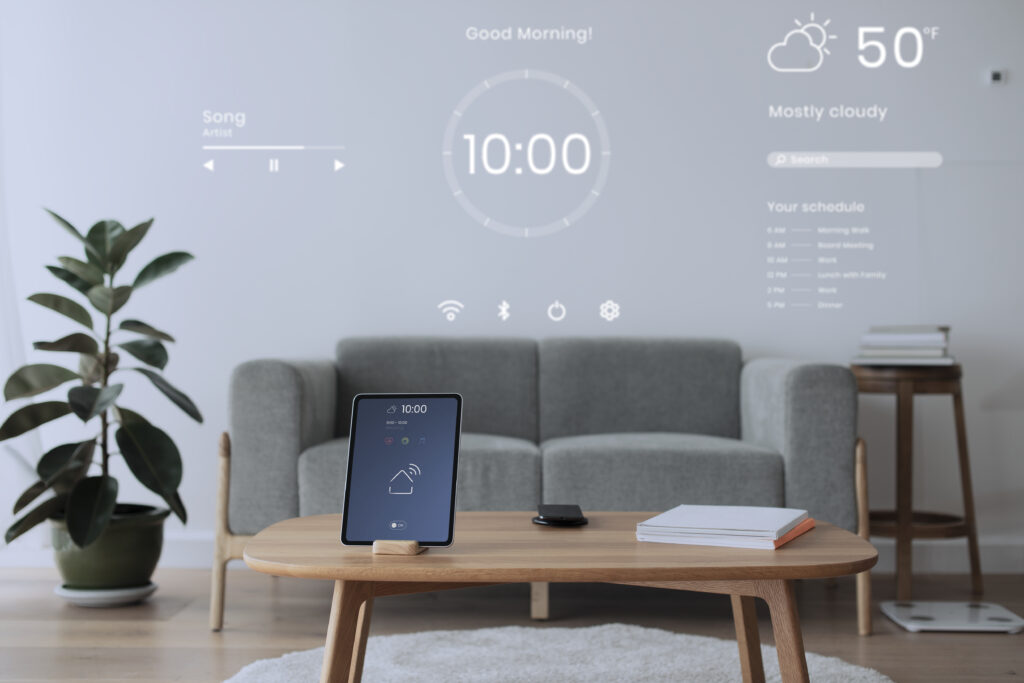

1. Ultra-Low Latency and Real-time Responsiveness:
Benefit: For applications requiring immediate action (e.g., security systems, autonomous systems, critical industrial controls), milliseconds matter. Processing data locally eliminates the round-trip delay to the cloud, enabling instant responses.
Mobile App Impact: Your mobile app can trigger actions or display crucial information with near-zero delay, enhancing user experience and safety in time-sensitive scenarios.
2. Reduced Bandwidth and Cost:
Benefit: IoT devices generate a colossal amount of data. Sending all of it to the cloud is expensive in terms of bandwidth and storage. On-device intelligence allows for filtering, aggregation, and analysis at the source, transmitting only relevant insights or anomalies.
Mobile App Impact: Apps consume less mobile data, load faster, and provide more efficient monitoring without overwhelming network resources. This also reduces cloud infrastructure costs for the backend.
3. Enhanced Privacy and Security:
Benefit: Processing sensitive data (e.g., biometric, medical, surveillance footage) locally on the device significantly reduces the exposure risk associated with transmitting it to the cloud. Less data in transit means fewer opportunities for interception.
Mobile App Impact: Mobile apps can assure users that their sensitive data is processed and stored primarily on their personal devices or local networks, fostering greater trust and simplifying compliance with data privacy regulations like GDPR.
4. Offline Functionality and Reliability:
Benefit: Not all IoT deployments have constant, reliable internet connectivity. On-device intelligence enables devices and their associated mobile apps to function effectively even when disconnected from the cloud, performing essential tasks and storing data locally until connectivity is restored.
Mobile App Impact: Apps become more robust and reliable, providing control and insights even in remote areas or during network outages, crucial for applications in agriculture, remote monitoring, or disaster response.
5. Personalization and Efficiency:
Benefit: AI models on devices can continuously learn from individual user patterns or specific environmental conditions, tailoring their behavior and insights. This enables a deeper level of personalization without constant data exchange with the cloud.
Mobile App Impact: Mobile apps can present highly personalized recommendations, adaptive controls, and more relevant notifications based on on-device learning, leading to a richer and more intuitive user experience.
Tech Stack & Tools for Building Smart Edge Mobile Apps
To build intelligent mobile IoT apps, developers need to combine mobile frameworks with edge processing tools. Here are some popular choices:
Frameworks & Languages
- Flutter & Dart: Great for cross-platform apps, supports hardware integrations.
- React Native: Allows reuse of JS libraries with strong community support.
- Kotlin (Android) / Swift (iOS): Ideal for low-level control and native performance.
Specialized Hardware
Many modern IoT devices, microcontrollers, and mobile SoCs now include dedicated AI accelerators, Neural Processing Units (NPUs), or Digital Signal Processors (DSPs) to efficiently execute AI tasks with minimal power consumption.
Robust Communication Protocols
While data processing happens locally, the mobile app still needs to communicate with the edge device. Bluetooth Low Energy (BLE) for short-range, Wi-Fi Direct, and local MQTT brokers are critical for fast, secure, and low-power local communication. Additionally, Zigbee and Z-Wave are widely used in smart homes to enable device-to-device mesh networking, allowing seamless, decentralized communication between numerous IoT devices.
Hybrid Data Management:
Mobile apps need to intelligently manage data. This involves deciding what data stays on the device, what is summarized and sent to the cloud, and how to synchronize data effectively when connectivity allows. numerous IoT devices.
Real-World Applications
Smart Home Automation
Apps can locally detect movement, temperature, or voice commands and trigger responses like lighting, fans, or locks without cloud delays.
Health & Fitness Monitoring
A wearable continuously monitors vital signs and uses on-device ML to detect abnormal patterns (e.g., an irregular heartbeat), immediately notifying the user and, if configured, a healthcare provider via the paired mobile app.
Agriculture & Farming
Sensors in soil or drones assess crop conditions and notify farmers via mobile apps about irrigation or pest threats instantly.
Industrial Automation
Predictive maintenance apps process vibration or heat sensor data from equipment, detecting faults locally and preventing breakdowns. Sensors on factory machines use on-device AI to analyze vibration patterns for early signs of wear, alerting technicians via a mobile app before a failure occurs, minimizing downtime.
Smart Retail
In-store cameras with edge AI analyze foot traffic and shelf inventory locally, sending real-time alerts to store managers’ mobile apps about restocking needs or crowded areas, optimizing operations without streaming all video to the cloud.
Conclusion:
The edge is no longer a boundary—it’s the new frontier of mobile innovation. By developing IoT mobile apps with on-device intelligence, businesses can unlock real-time responsiveness, improved privacy, and unmatched user experiences. The future of mobile app development lies in the balance between smart local processing and scalable global connectivity—and it starts with intelligent design at the edge.
Tags:
tags custom
Share the post:
Let us help you get your project started.
BlueEra Softech – IT Solutions & Services WordPress Theme is a modern theme, designed for companies providing IT services and technology solutions. With a professional interface, powerful features, WooCommerce integration, and SEO optimization, BlueEra Softech helps businesses build impressive and easily customizable websites.
Contact:
